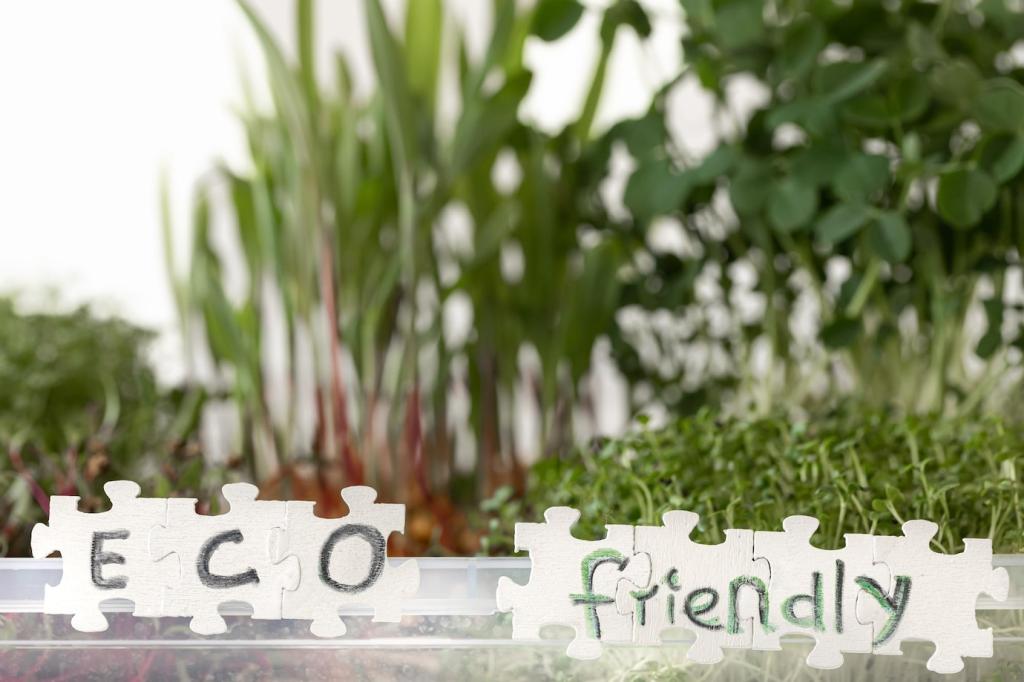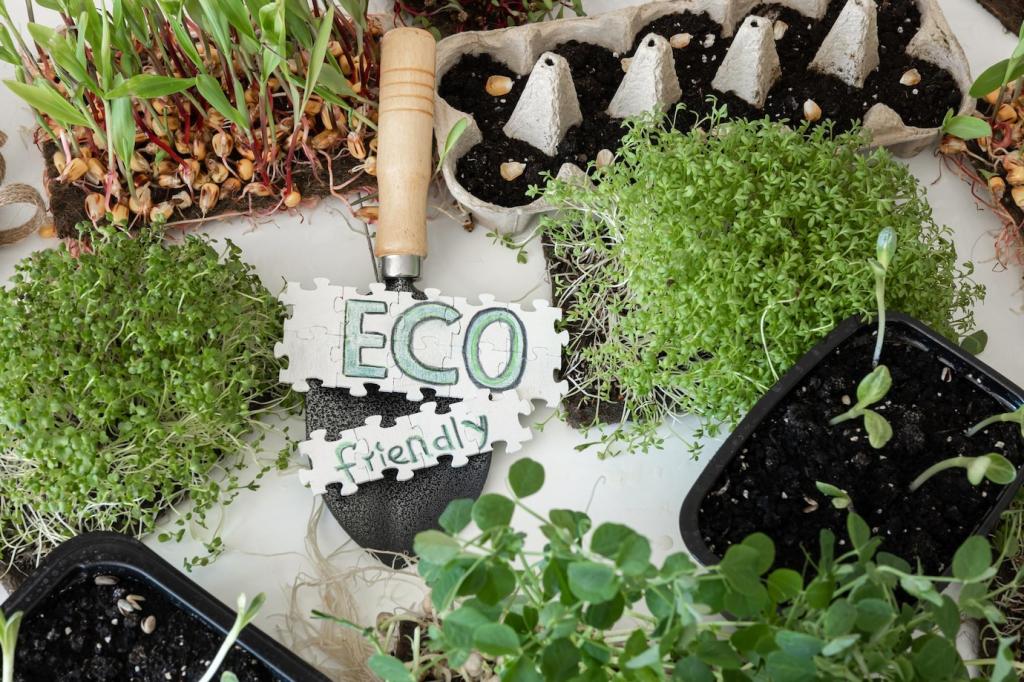Spotting and Avoiding Greenwashing
List verifiable sources beside every environmental claim: certifications, third-party audits, life cycle assessments, and methodology summaries. Clarify which emissions scopes are included. If data is preliminary, label it. Evidence transforms persuasive copy into dependable guidance readers can trust repeatedly.
Spotting and Avoiding Greenwashing
Say what changed, admit what hasn’t, and promise less than you can prove. Calibrated honesty sounds like this: specific baselines, transparent trade-offs, and limited guarantees. It earns patience during long transitions and invites subscribers to follow your progress across future milestones.
Spotting and Avoiding Greenwashing
A neighborhood apparel startup once led with “planet-positive tees.” After pushback, they reframed: “Organic cotton, recycled thread, and fair-wage partners; dyes remain a work in progress.” Subscriptions rose because honesty invited participation. Readers offered supplier tips and celebrated each incremental improvement openly.








